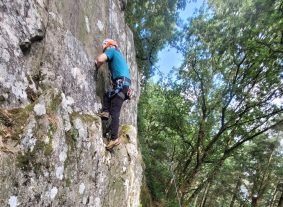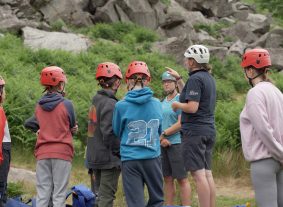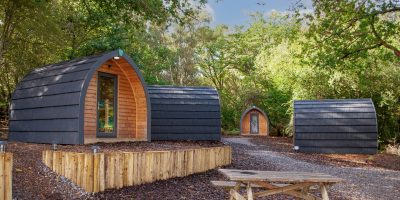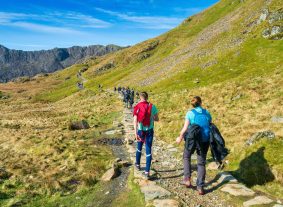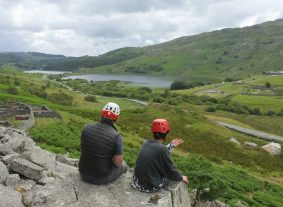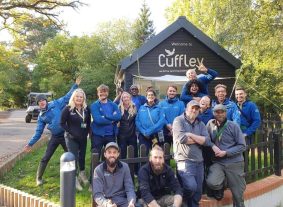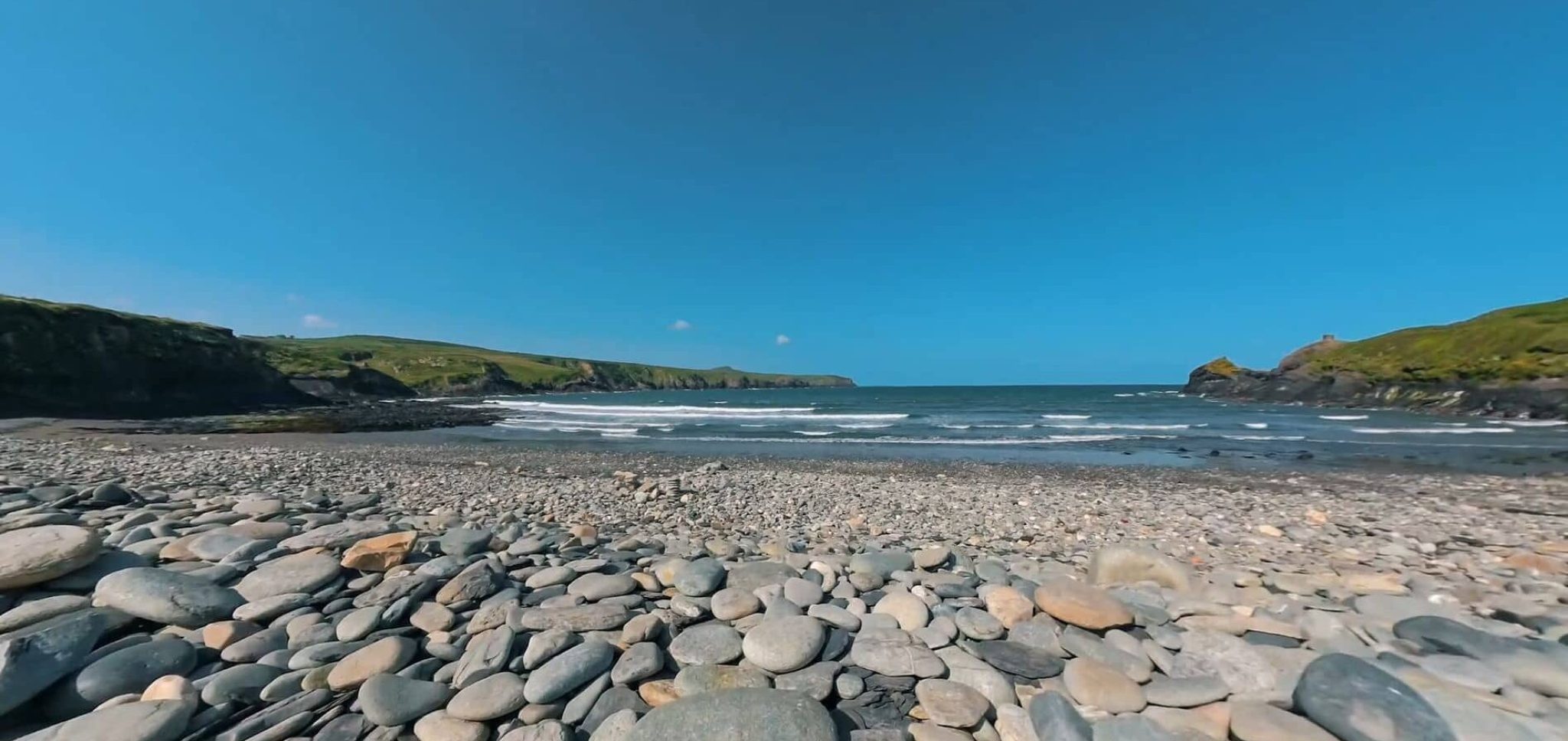Module Code: content-paragraph
When it comes to learning geography, there’s no substitute for experiencing it firsthand. While classrooms offer essential theoretical knowledge, stepping outside into the real world can bring concepts to life in ways textbooks simply cannot. This is where outdoor learning centres, particularly in Wales, prove invaluable.
Snowdonia: Nature’s Classroom
Nestled in the heart of North Wales, Snowdonia National Park is a geographical marvel. Its rugged landscapes, diverse ecosystems, and rich geological history provide a perfect setting for students to explore various geographical concepts. Imagine standing amidst ancient glacial valleys, witnessing the impact of erosion on rocky formations, or studying the hydrology of mountain streams firsthand. Snowdonia offers all this and more.
Module Code: content-image
Module Code: content-paragraph
Why Snowdonia?
- Glacial Landforms: The park is home to classic glacial landforms such as cirques, arêtes, and moraines, allowing students to observe how ice shapes the land over millennia.
- River Systems: Study river processes and landforms by visiting fast-flowing mountain streams and picturesque lakes, understanding the role of water in shaping landscapes.
- Weather Systems: Snowdonia’s weather is notoriously changeable, offering opportunities to discuss microclimates, weather patterns, and the impact of altitude on climate.
- Biodiversity: Explore the park’s rich flora and fauna, discussing conservation efforts and the delicate balance of ecosystems in a changing world.
- Cultural Landscape: Learn about the human geography of Snowdonia, including traditional land use practices, tourism impacts, and sustainable development challenges.
Pembrokeshire: Coastal Dynamics
On the other side of Wales lies Pembrokeshire Coast National Park, a gem for studying coastal geography. Here, the dynamic interactions between land and sea provide a unique classroom where students can witness erosion, deposition, and coastal management strategies in action.
Module Code: content-image
Module Code: content-paragraph
Why Pembrokeshire?
- Coastal Erosion: Walk along dramatic cliffs and sandy beaches to observe erosional features like sea caves, stacks, and wave-cut platforms.
- Sediment Transport: Discuss sediment movement and coastal landforms such as spits, bars, and tombolos formed by longshore drift and wave action.
- Ecological Diversity: Explore the diverse marine and terrestrial habitats, studying adaptations of species to coastal environments and the impact of human activities on biodiversity.
- Human Interaction: Investigate how humans interact with the coast through tourism, fishing, agriculture, and coastal protection measures like sea walls and managed retreat.
- Fieldwork Opportunities: Conduct fieldwork to measure beach profiles, study sediment characteristics, or survey coastal ecosystems, enhancing practical skills in data collection and analysis.
Benefits of Outdoor Learning
Beyond academic knowledge, outdoor learning fosters personal growth and environmental stewardship. It encourages teamwork, resilience, and a deeper appreciation for nature’s complexities. Students develop critical thinking skills as they observe, hypothesize, and analyse real-world phenomena. Moreover, experiencing these landscapes firsthand instils a sense of responsibility towards preserving our planet for future generations.
Taking your geography class to Snowdonia and Pembrokeshire offers a transformative educational experience. It connects students with the landscapes they study in textbooks, igniting curiosity and passion for geography. These outdoor learning centres not only deepen understanding but also inspire a lifelong connection to the natural world. So, pack your bags, lace up your boots, and embark on a journey where geography comes alive amidst the stunning vistas of Wales. Your next lesson awaits in the great outdoors.
